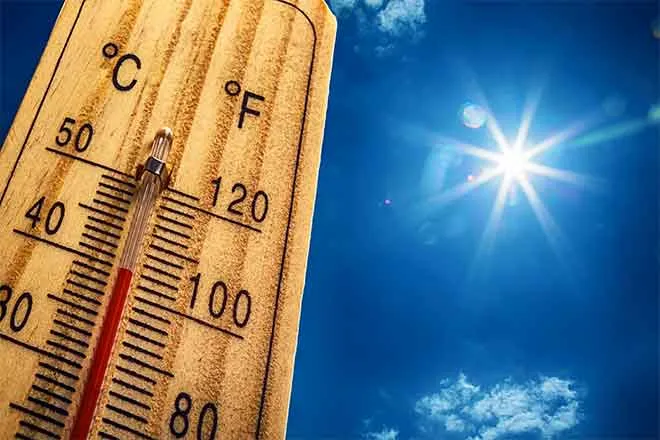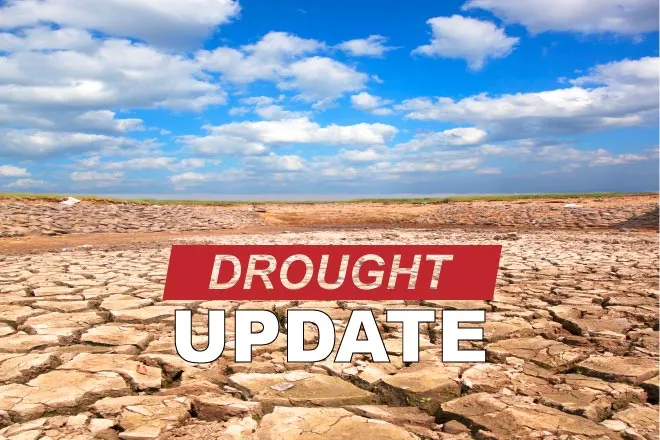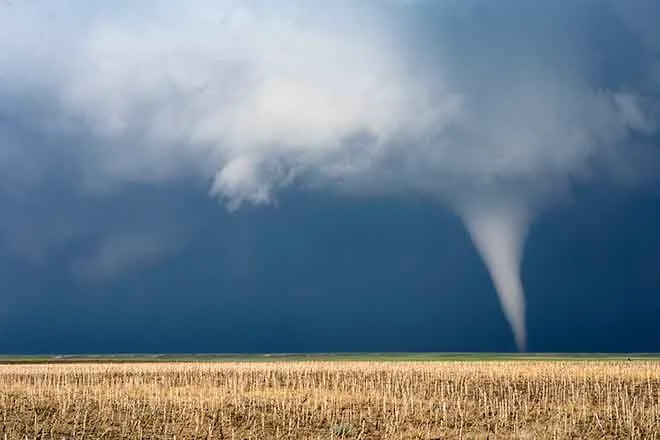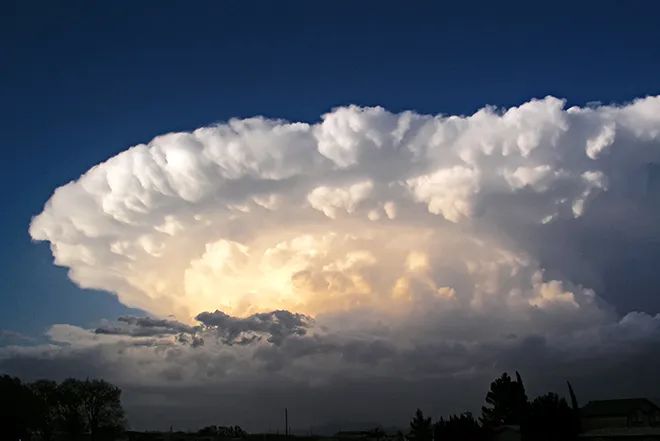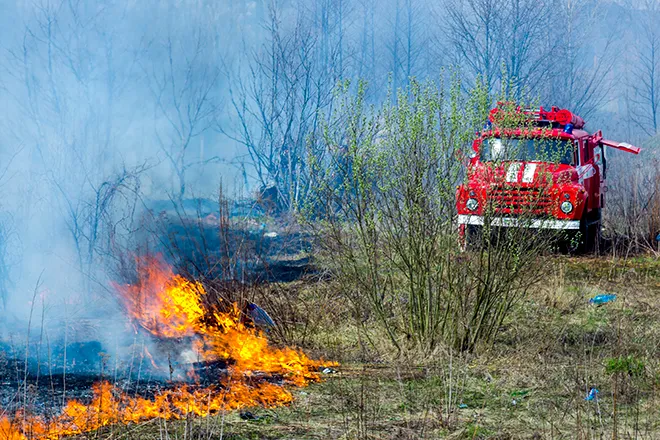
Straight Line Winds, Large Hail Are Major Threats in Colorado
April 16-22 is Severe Weather Awareness Week in Colorado. We will be brining you a series of tips each day so you can be prepared for the weather ahead. Wednesday’s article is available here. NOAA All Hazards Weather Radio is another great way to monitor the weather and receive warnings. KiowaCountyPress.net and Plains Network Services in Eads will be giving away three weather radios at the end of the month - just stop by 1208 Maine Street in Eads to register to win.
During this Severe Weather Awareness Week in Colorado, remember that threats from thunderstorms include tornadoes, straight-line winds, hail, flooding, and lightning.
Tornadoes are often the headline story, but damaging straight-line winds can also injure and kill animals and humans. These winds are usually caused by an area of air within a storm which is quickly cooled by precipitation, or by the evaporation of precipitation. This area of cooled air, which is heavier than the surrounding air, accelerates downward. As the cool air slams into the ground, it spreads out from the area of impact. This process, in extreme cases, can result in wind speeds exceeding 100 mph. Weather forecasters call these winds microbursts if they are less than 2 1/2 miles across and macrobursts if they are greater than 2 1/2 miles across.
These downbursts of cool air can be life threatening to pilots, and can cause extensive damage, injuries, and deaths at ground level. Try to get indoors during all storms, because high winds can suddenly develop, causing things on the ground to become swiftly moving missiles...that can injure or kill.
Hail often occurs in Colorado. Hail forms within storms as liquid water freezes in the cold mid- and upper levels of the storms. The hailstones are kept aloft by strong updraft winds for a time, and then cascade to the ground. In Colorado, hailstones vary from pea size, around 3/8 of an inch in diameter, to softball size, around 4 1/2 inches in diameter.
Hailstones can do tremendous damage to crops, either as large hailstones, or as a large volume of small hailstones that accumulate to a depth of several inches. Large hail damages vehicles and buildings, and can be life threatening to animals and people.
The National Weather Service issues severe thunderstorm warnings for winds of 58 mph or higher or for large hail one inch in diameter or larger. When you hear of a severe thunderstorm warning, move to shelter.
When thunderstorms threaten you this severe weather season, tune to NOAA Weather Radio All Hazards. Wherever you are during threatening weather, plan the actions you would take if severe weather were to strike.
Stop by 1208 Maine Street in Eads to register to win one of three weather radios being given away by KiowaCountyPress.net and Plains Network Services. Entries close at 4:00 p.m. Friday, April 28, 2017.


